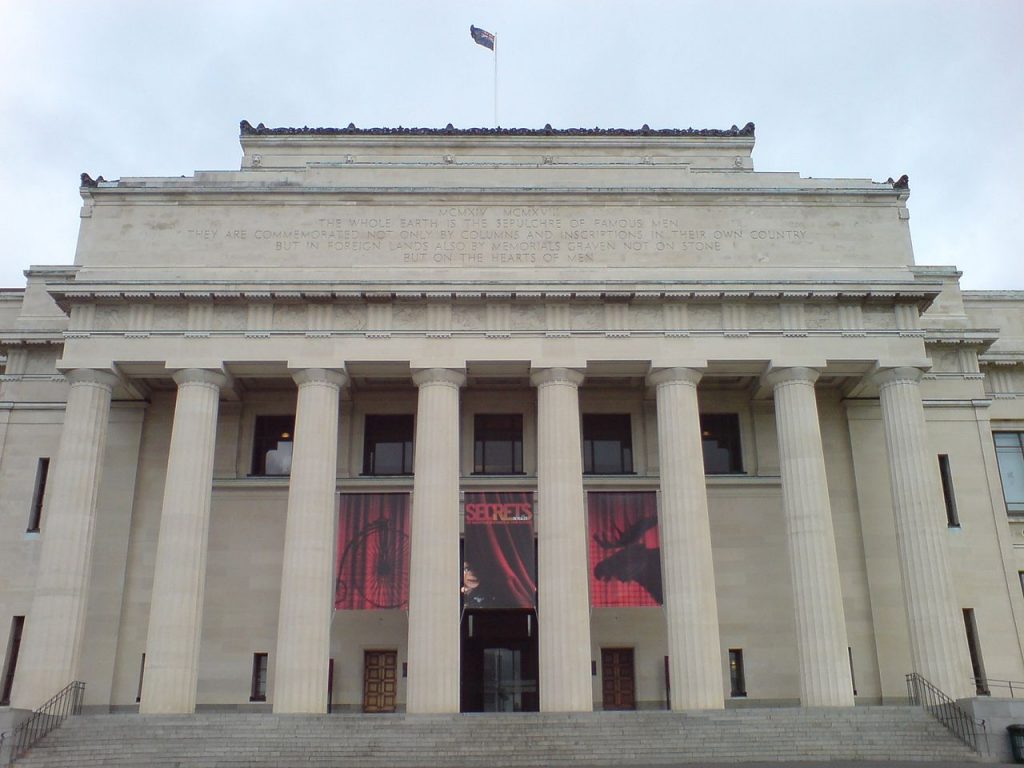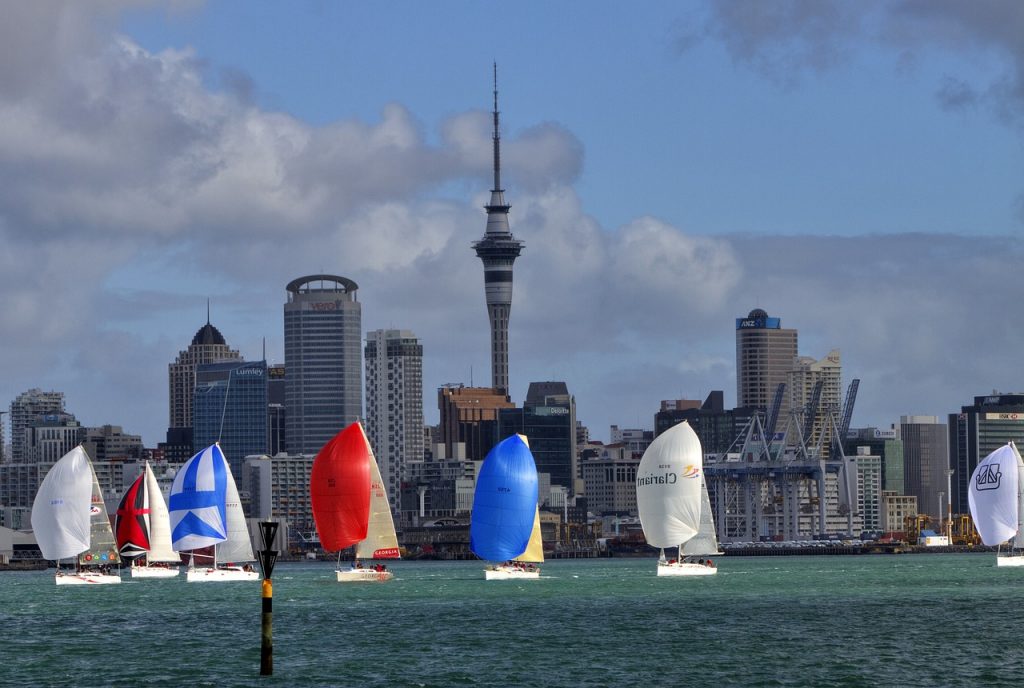
The All Blacks Experience is a state-of-the-art interactive attraction in Auckland, New Zealand, dedicated to celebrating the rich history, culture, and success of the All Blacks, New Zealand’s iconic national rugby team. Located in the heart of Auckland’s CBD, this immersive experience offers fans and visitors alike a unique opportunity to engage with the legends, stories, and traditions that define rugby in New Zealand.
History and Legacy
The All Blacks
The All Blacks are renowned worldwide as one of the most successful and dominant rugby teams in history. With a legacy dating back over a century, the team has captured the hearts of Kiwis and rugby enthusiasts globally with their trademark black jerseys, the haka, and their exceptional skill on the field.
Cultural Significance
Rugby holds a special place in New Zealand’s culture, and the All Blacks symbolize national pride, resilience, and unity. The team’s performances, both on and off the field, reflect values such as respect, integrity, and commitment that resonate deeply with New Zealanders and fans around the world.
All Blacks Experience Highlights
Interactive Exhibits
The All Blacks Experience features a range of interactive exhibits that bring the history and excitement of rugby to life. Visitors can engage in virtual reality experiences, test their rugby skills in interactive challenges, and immerse themselves in the sights and sounds of game day.
Haka Theatre
One of the highlights of the All Blacks Experience is the Haka Theatre, where visitors can learn about the origins and significance of the haka—a traditional Maori war dance performed by the All Blacks before matches. Interactive displays and live demonstrations provide insights into the haka’s cultural importance and its role in inspiring the team and fans alike.
Trophy Room
The Trophy Room showcases the All Blacks’ impressive collection of rugby silverware, including Rugby World Cup trophies, Tri-Nations and Rugby Championship titles, and Bledisloe Cup victories. This exhibit pays tribute to the team’s achievements and the dedication of players and coaches throughout the years.
Player Zone
Visitors can step into the Player Zone to explore the personal stories and journeys of All Blacks players past and present. Interactive displays feature interviews, behind-the-scenes footage, and exclusive insights into the training, teamwork, and determination that define the All Blacks’ success on the international stage.
Visitor Experience
Location and Access
The All Blacks Experience is conveniently located in SkyCity Auckland, a vibrant entertainment precinct in the heart of Auckland’s CBD. The attraction is easily accessible by public transport, including buses and trains, and is surrounded by restaurants, cafes, and shops.
Tickets and Hours
Tickets for the All Blacks Experience can be purchased online or at the attraction’s ticket office. Opening hours vary throughout the year, so visitors are encouraged to check the official website for current operating times and availability.
Guided Tours
Guided tours are available for groups and school visits, offering a deeper understanding of rugby’s significance in New Zealand culture and the stories behind the All Blacks’ success. Knowledgeable guides provide insights into the exhibits, answer questions, and facilitate interactive experiences for a memorable visit.
Community Engagement
Education and Outreach
The All Blacks Experience engages with schools and community groups through educational programs and outreach initiatives. These programs promote sportsmanship, teamwork, and healthy lifestyles while inspiring the next generation of rugby players and fans.
Events and Special Occasions
The attraction hosts special events, guest appearances, and exhibitions throughout the year, providing opportunities for fans to meet All Blacks legends, participate in Q&A sessions, and celebrate milestones in New Zealand rugby history.
Conclusion
The All Blacks Experience offers a captivating journey through New Zealand’s rugby heritage, celebrating the All Blacks’ legacy of excellence, teamwork, and cultural pride. Whether you’re a die-hard rugby fan, a sports enthusiast, or someone curious about New Zealand’s national sport, the All Blacks Experience promises an unforgettable adventure that honors the spirit of rugby and the enduring legacy of the All Blacks.
Visiting the All Blacks Experience is not just a museum visit—it’s an immersive celebration of sport, culture, and national identity that leaves a lasting impression on all who have the privilege of exploring this world-class attraction in Auckland.



